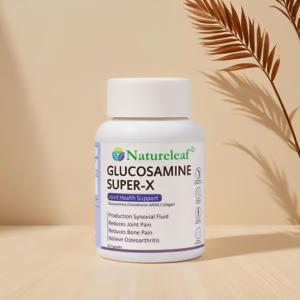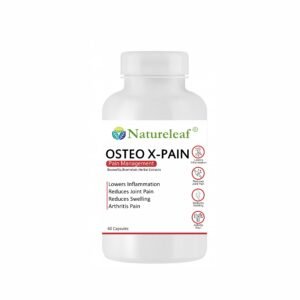musculoskeletal disorder Introduction
Sciatica: Imagine a fiery nerve running down your leg – that’s sciatica. It’s caused by irritation or compression of the sciatic nerve, often due to a herniated disc or bone spur in your lower spine.
Spondylitis: This isn’t one, but a group of inflammatory conditions affecting the spine, like ankylosing spondylitis. Think of it as your immune system mistakenly attacks your joints, causing pain, stiffness, and even fusion of the vertebrae.
Signs and Symptoms
Now, let’s talk about symptoms. If you’re experiencing any of these, you might be tangoing with diabetes:
Lower Back
Pain in the lower back region, often due to muscle strain or spinal issues.
FAQs
- Sciatica: This involves sharp, radiating pain down your leg, often caused by a compressed sciatic nerve. It typically affects one side and worsens with sitting or bending.
- Spondylitis: This encompasses various inflammatory conditions affecting the spine, leading to back pain, stiffness, and even fusion of vertebrae. The pain is often widespread and improves with movement.
- Joint Pain: This broader term refers to discomfort in any joint, potentially due to arthritis, injuries, overuse, or wear and tear. The location and symptoms vary depending on the affected joint.
- Sciatica: Age, obesity, heavy lifting, and prolonged sitting can increase your risk.
- Spondylitis: Genetics play a significant role, along with environmental triggers like infections.
- Joint Pain: Age, family history, injuries, certain illnesses, and joint overuse can contribute.
A primary care physician can initially assess your symptoms and recommend further evaluation. Depending on the specific condition, you may be referred to a specialist like an orthopedist, rheumatologist, or neurologist for diagnostic tests and treatment plans.
- Sciatica: Pain relievers, muscle relaxants, physical therapy, and in severe cases, surgery might be recommended.
- Spondylitis: Medications to manage inflammation, physical therapy, exercise, and lifestyle changes play a crucial role.
- Joint Pain: Treatment depends on the cause but may include pain relievers, anti-inflammatory drugs, joint injections, physical therapy, or surgery in specific cases.
Maintaining a healthy weight, practicing good posture, engaging in regular exercise, and avoiding heavy lifting can help reduce your risk of developing or worsening these conditions.








